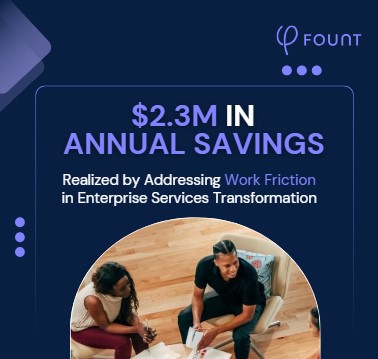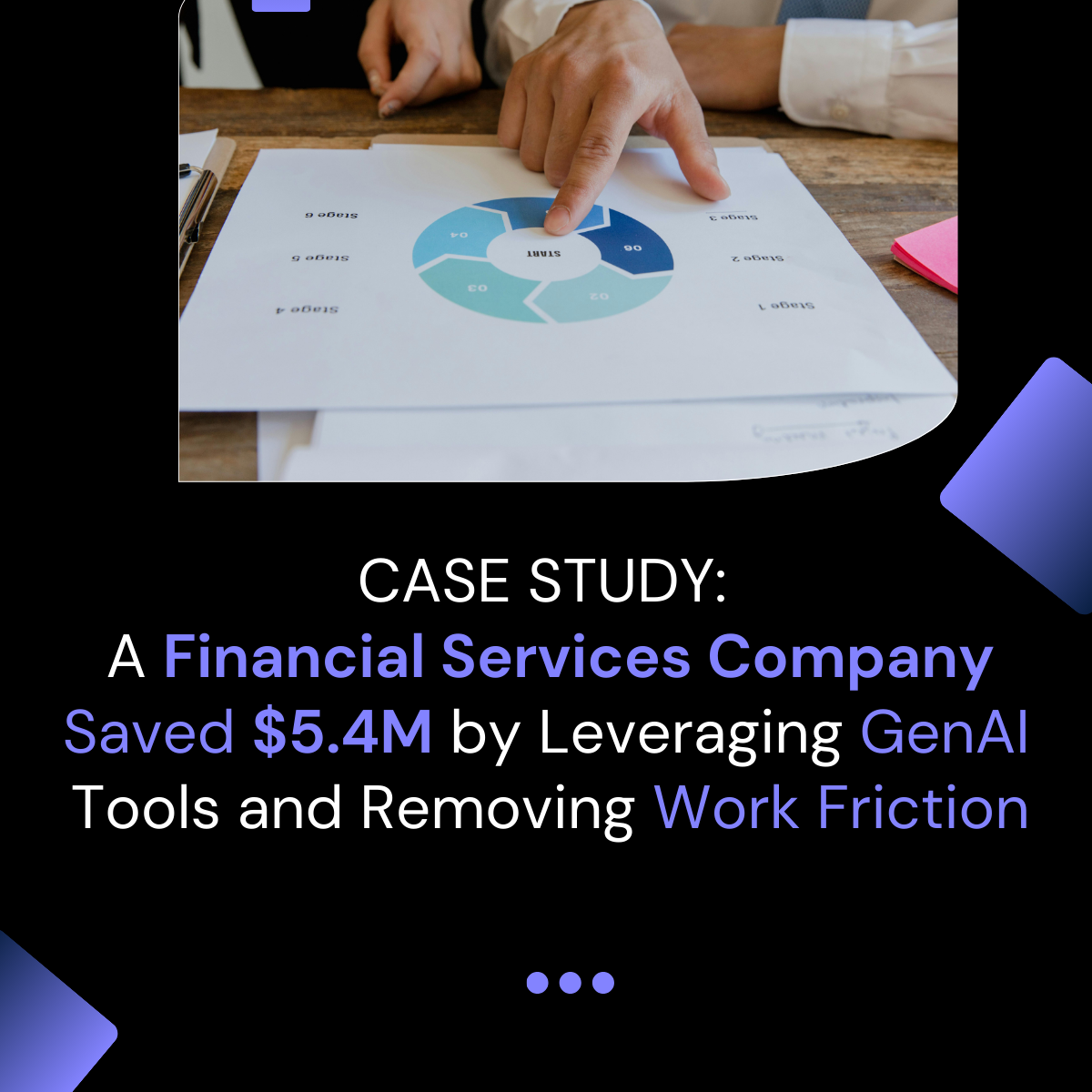Table of Contents
- Background: What is Work Friction?
- #1: Work Friction Is Creating Pressure to Improve EX
- #2: Most Organizations Haven’t Defined a Strategy to Fight Work Friction
- #3: Employees Are Left Out of Experience Redesigns
- #4: Managers Manage Too Much Work Friction
- #5: Friction Fighters Struggle to Work Fast Enough
- #6: There’s a Missing Link Between Action and Financial Impact
- To Move the EX Needle, Start with Work Friction Data
Report: Work Friction is Behind the State of Employee Experience
A summary of the details of the article will go here.
Last year, FOUNT co-led a global study on the state of employee experience (EX) across large enterprises. One of our biggest findings: over 50 percent of organizations struggle to manage EX.
That figure should be alarming on its own. But there’s more trouble under the hood. The reality is that many organizations face a work friction crisis that’s keeping employees from doing their jobs.
That reality underpins six key findings in our State of EX report. Let’s take a closer look at each finding and what it says about work friction. But first, a bit of background about what work friction actually is.
Background: What is Work Friction?
Simply put, work friction is anything that makes employees hate doing their job. Picture day-to-day frustrations like…
- An always-broken headset.
- Slow-to-load software.
- A hard-to-reach supervisor.
- Missing data for a key report.
These problems often converge at specific moments throughout the workday, like a customer call. And like little pinpricks over time, they make work an absolute pain. In other words, they hurt the employee experience.
To more clearly understand how, though, let’s dive into the findings from our EX report.
#1: Work Friction Is Creating Pressure to Improve EX
The finding: Sixty-three percent of organizations state that EX improvements are a top leadership priority. That’s a six-percentage-point increase from 2022.
The context: This heightened focus on EX has a lot to do with the growing work friction problem at many organizations, particularly in the US. Just half of US workers are happy with their day-to-day tasks. Only 45 percent are satisfied with training opportunities. And when it comes to career growth, that figure drops to 33 percent.
All of this adds up to a frustrating work experience that’s tanking employee morale, productivity, and retention rates. And that means the question now isn’t whether to solve work friction, but how.
#2: Most Organizations Haven’t Defined a Strategy to Fight Work Friction
The finding: About half of organizations say they have an EX strategy right now. But just 19 percent have carved out a strategy that’s distinct from their overall HR approach. And that leaves most organizations without a way to fight work friction.
The context: When it comes to work friction, EX teams tend to be geared toward big-picture HR interventions (like fresh employee benefits) instead of solutions that ease workers’ daily frustrations. And the former approach almost always misses the mark.
But teams focused on fighting friction can help organizations reverse course. These teams should feel empowered to craft distinct, data-driven strategies for friction management. This way, they can tailor their interventions to employees’ most pressing problems.
#3: Employees Are Left Out of Experience Redesigns
The finding: Experience redesigns are the number one priority for organizations this year. But only 31 percent of companies make employees an active partner in that process – and workers are the last to get relevant data or progress updates.
The context: If you’re not collaborating with workers to improve their experience, there’s a good chance you’re not asking employees what frustrates them most. And in that case, you might as well be flying through fog.
Our recommendation? Before you embark on a costly redesign, talk to workers about their most serious work friction moments. Then, keep them in the loop at every stage of your work. This can give employees more agency to shape their experience – and drum up excitement for what’s to come.
Of course, you don’t have to shoot for the moon with your redesign. More often than not, that’s a recipe for disappointment all around. Instead, use the work friction data you’ve collected to narrow the scope of your efforts and prioritize achievable wins. With each incremental change, you’ll make steady progress toward a frictionless employee experience.
#4: Managers Manage Too Much Work Friction
The finding: From C-suite leaders and HR heads to frontline workers, everyone views managers as the number-one “influencers” of EX. But only 29 percent believe managers are actually responsible for improving it.
The context: Most managers didn’t choose to be EX “influencers,” especially when it comes to work friction. More often than not, teams simply go to their manager as soon as something goes wrong – and there’s nowhere else to go for immediate support.
But “friction fighter” isn’t likely in a manager’s job description (yet).
The real work of being a manager involves coaching, mentorship, and so on. They can certainly help contextualize the work friction they hear about during one-on-ones or full team meetings. But they aren’t responsible for solving employees’ daily problems. In fact, that burden can lead to burnout – and turn work friction from a frontline problem into a company-wide crisis.
The best way to avoid that outcome? Design an employee experience where employees can engage in frictionless work. This way, managers have more time to do their actual jobs.
#5: Friction Fighters Struggle to Work Fast Enough
The finding: Despite active efforts to improve EX, over 50 percent of organizations say they’re not moving quickly enough. The number one problem: moving from discussion to action.
The context: EX is cross-functional by nature. So is work friction. Any moment of friction can be owned by multiple parts of the business. Without the right data, it can take forever to pinpoint exactly where things start to break down – much less who’s should design and implement solutions.
Just consider one common high-friction moment: applying for a new internal role. Each part of the process (learning about an opportunity, visiting the job portal, going through interviews, waiting for a decision) involves multiple stakeholders, including everyone from HR to IT.
To reduce friction throughout the process, there needs to be clear data – straight from employees – that shows where friction exists and which business unit is responsible. Does the data mention a buggy application portal? Probably an IT problem. Or slow interview follow-ups? HR should take a look.
The bottom line: work friction data provides the clarity to quickly solve workers’ biggest frustrations.
#6: There’s a Missing Link Between Action and Financial Impact
The finding: Most organizations struggle to showcase the financial impact of each EX intervention. In fact, just 17 percent actually track that data. As a result, it’s often tough to prove the long-term value of each intervention and gain buy-in for new ones.
The context: It’s hard to measure the financial impact of “better benefits” or “more training.” But the impact of work friction interventions is easily quantifiable.
That’s because work friction hurts productivity. And lost productivity costs money – to the tune of $78 million a year for enterprise organizations.
To prove the value of your work, focus on interventions that solve the problems workers experience every day. Then, monitor the effect over time. Something as small as fewer approval workflows in your call center, for instance, could translate to shorter call queues, higher net promoter scores, and thousands of dollars saved on customer acquisition – all data points you can show leadership to gain support for future initiatives.
To Move the EX Needle, Start with Work Friction Data
There’s one more finding we haven’t mentioned: for EX teams this year, the number four priority is to “get more / better data.”
But “more” and “better” aren’t the same thing.
It’s like making the perfect cup of coffee: more grounds, more water, and more heat isn’t going to improve your brew. Instead, you want a precise amount of freshly ground beans, the right ratio of filtered water, and a specific brew temperature. In other words, you want to fine-tune each component to craft the smoothest cup.
It’s time to approach your data in the same way. Focus on gathering quality work friction data, and use software to drill down into employees’ highest-friction moments. This approach will give you the rich data you need to design solutions that move the needle on EX.
If you’re ready to refine your strategy, FOUNT can help. Reach out or book a demo – we’d love to start a conversation.
Related Resources
See all News
Guest Post
3 Signs Your GBS Is Creating Friction Instead of Flow (And How to Fix It)
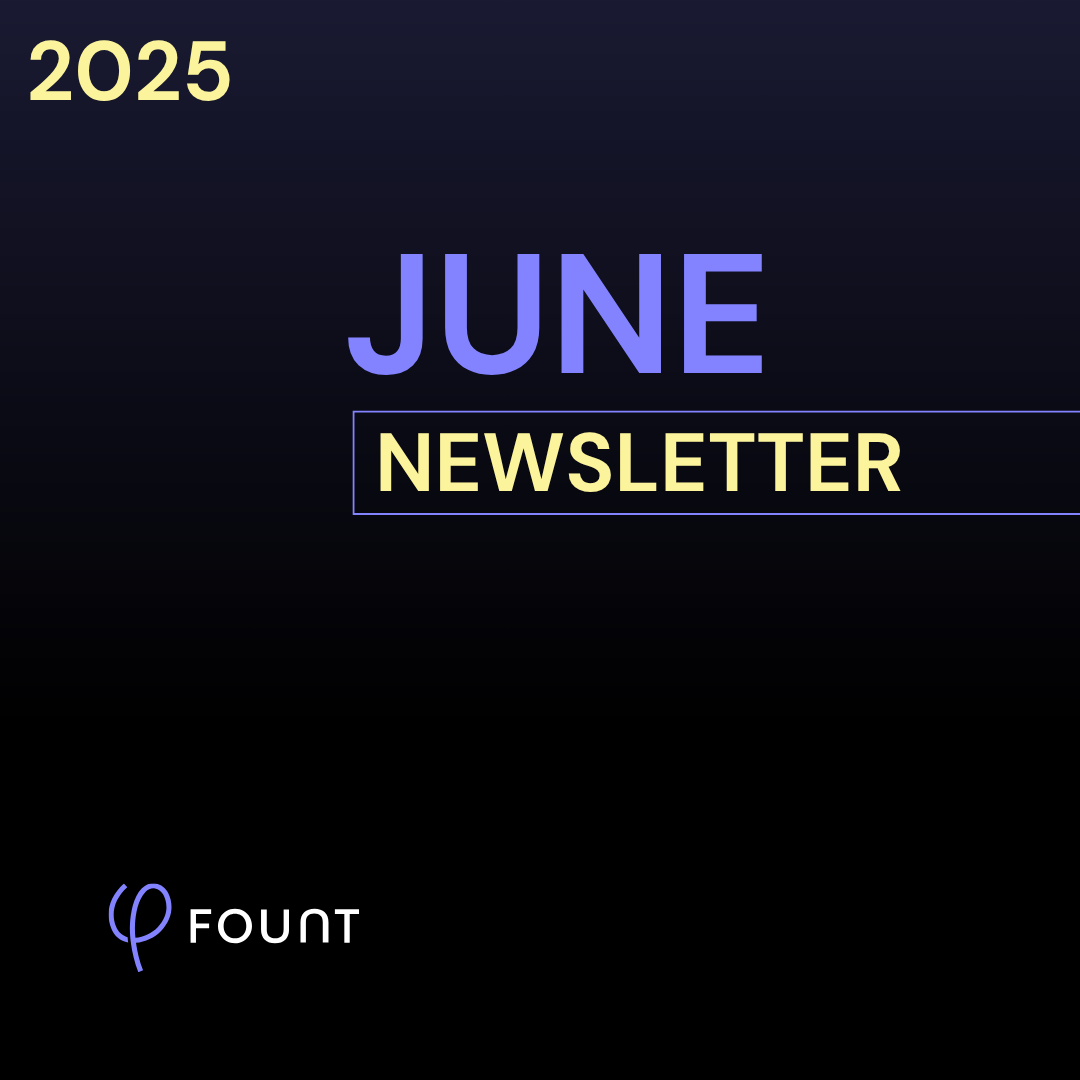
FOUNT News
June Newsletter: Friction is Killing Your AI ROI.
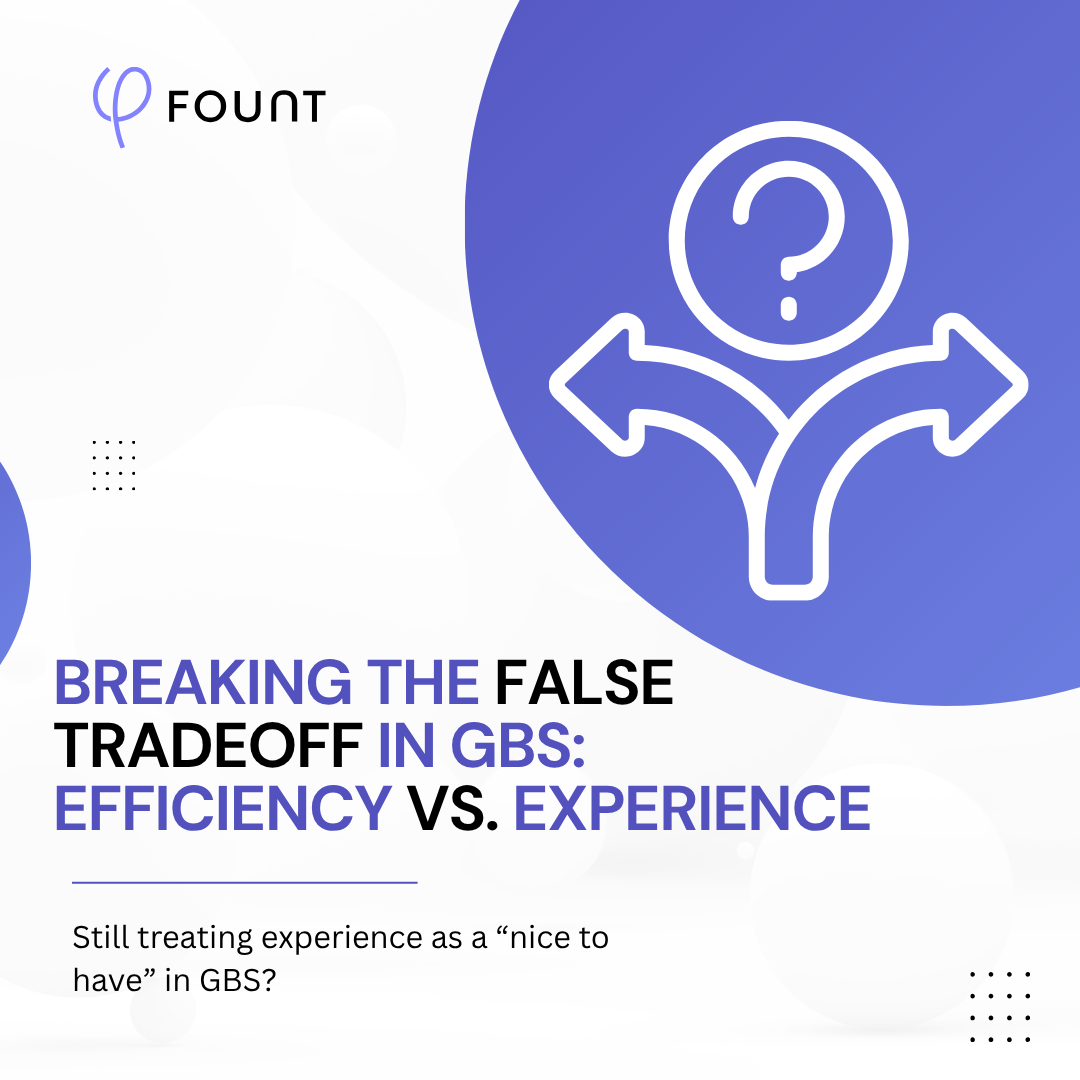
Insights
Breaking the False Tradeoff in GBS: Efficiency vs. Experience

Events
LIVE Webinar – July 9th for SSON Network. Beyond AI Hype: How to De-Risk Your GBS Transformation with Friction Data

Insights
To Create New Value, GBS Leaders Need Different Data

Insights
How to Keep Up with the Latest AI Developments
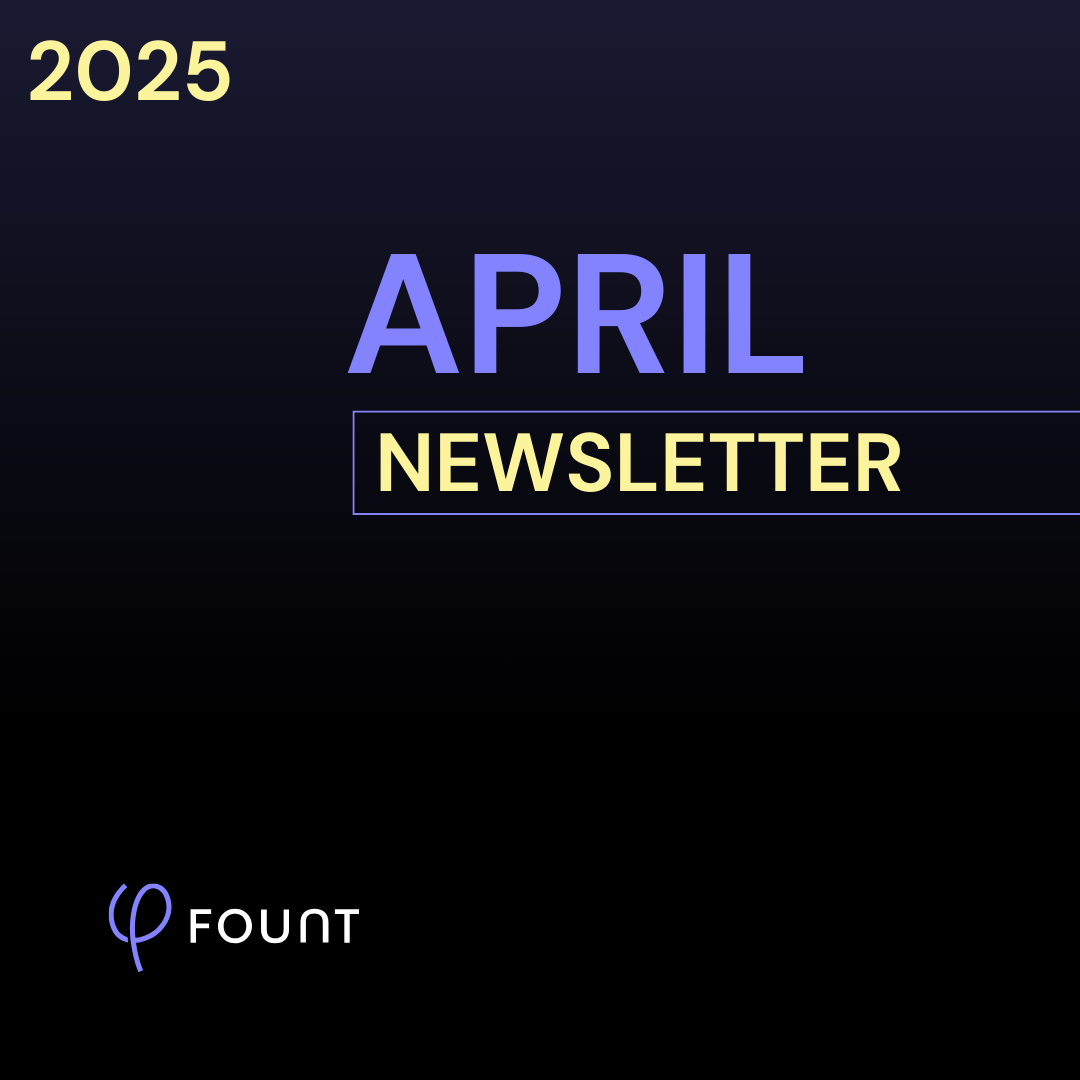
Insights
APRIL Newsletter. Friction: You Can’t Improve What You Can’t See

Guest Post
AI is Reshaping the HR Operating Model: Here’s What 15 Leading Companies Discovered
